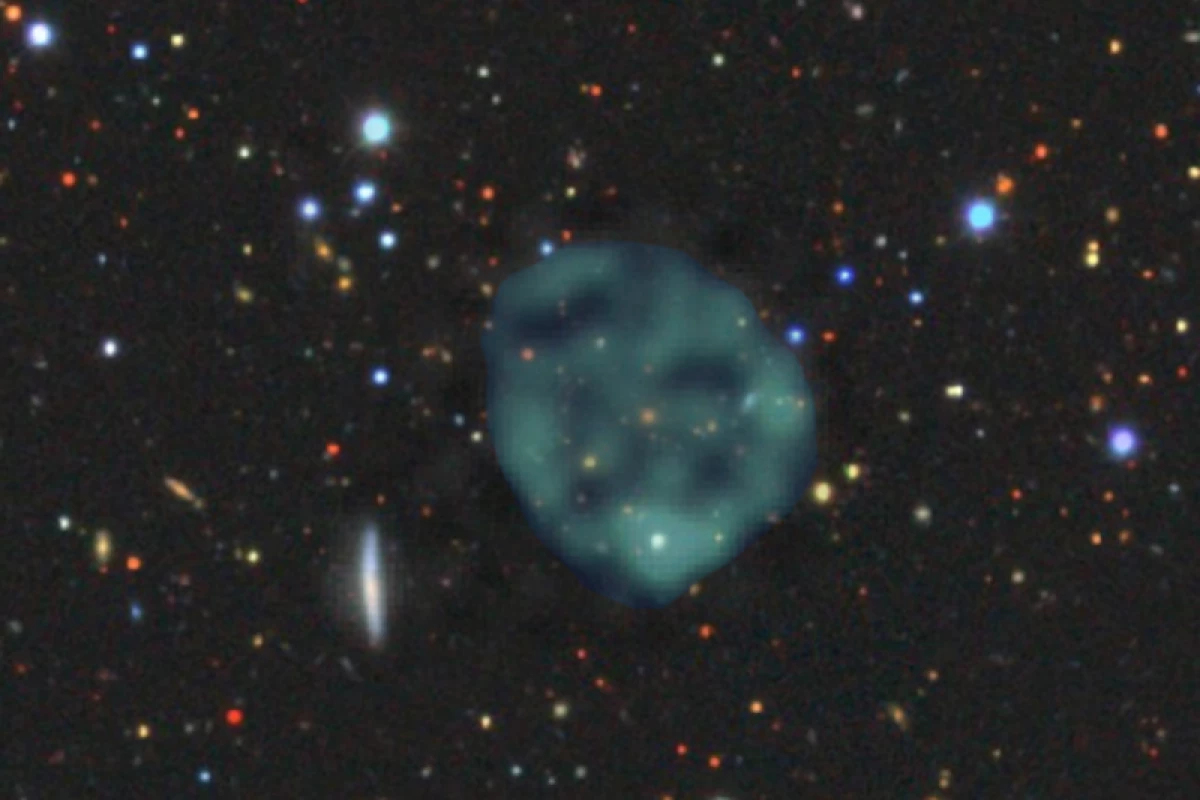With the mystery of fast radio bursts looking increasingly solved, astronomers need a new cosmic conundrum to ponder. And right on cue, a brand new noodle-scratcher has emerged from the depths of space – everyone, meet “odd radio circles,” or ORCs.
Continuing the trend of astronomers not being very creative about naming things, everything you need to know about this phenomenon is in the title. They’re blobs of radio emission, they're almost perfectly circular and they're very odd, because they can’t really be explained by any known source or object.
The first ORC was discovered in September 2019 by Anna Kapinska of the National Radio Astronomy Observatory (NRAO), as she examined data from the pilot survey of the Evolutionary Map of the Universe (EMU) project. Two others were later found in the same dataset, while a fourth turned up in archival data from the Giant MetreWave Radio Telescope.
The oddities showed up in radio images as clear circles, but don’t appear to give off any optical, infrared or X-ray emissions. As of yet there’s no telling how big they are or how far away they are – the team says they could be several-light-year-wide spots within the Milky Way, or blobs spanning millions of light-years across, much further away in the universe.
Of course, the first assumption was that ORCs were some sort of visual artefact in the data, but follow-up observations with other radio telescopes confirmed that they were indeed real objects, albeit very faint, in the sky.
So what are they? For now it remains a mystery, but the researchers have already investigated and ruled out a few possible explanations. At a glance, they appear to be similar to supernova remnants, clouds of debris left behind after stars explode. But they’re too far from the galactic plane where most stars orbit.
ORCs also kind of resemble three other types of radio emissions often seen in space – radio rings around intense star-forming galaxies, “lobes” of emissions shooting out of supermassive black holes, or so-called Einstein rings, where signals like radio waves are bent into circles by gravity from galaxy clusters.
But the team ruled out all three explanations. The ORCs are just too far away from any other stars or galaxies, and are too weirdly circular and symmetrical to be those types of emissions.
The researchers conclude that these odd radio circles are a brand new astronomical object – although they may still be tied to known phenomena, such as fast radio bursts or the collisions between black holes and neutron stars that give off gravitational waves.
The next step is to search for more ORCs in the sky. As with anything, the more information we can find about them, the closer we get to an answer. But for now, let’s enjoy the mystery.
A paper describing the discovery of ORCs will be published in the Publications of the Astronomical Society of Australia.
Source: Western Sydney University via The Conversation




